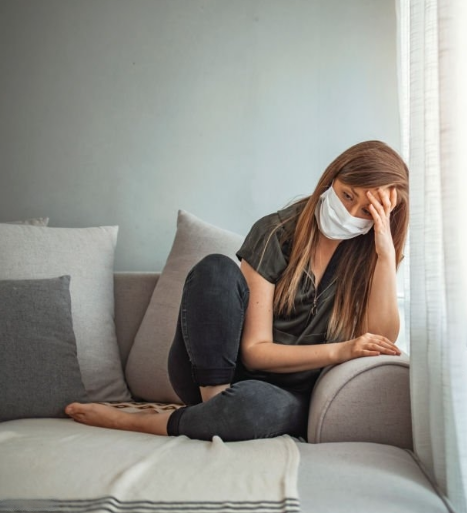Finding the Form with Megan Callahan
By Megan Callahan
The idea for “Prepper” came to me during the early days of the pandemic. That spring, fear was at its peak. I remember watching the people around me—at the grocery store and pharmacy, in parks and cafés—turn furtive and suspicious. Panic buying and hoarding, behaviour that would’ve seemed paranoid and extreme just a few weeks prior, was suddenly commonplace and perhaps, I found myself thinking, justified. After all, people were dying. Borders were closed indefinitely. In 2020, I also happened to be pregnant, an experience that came with a complicated mix of excitement and fear. Would my baby be born into a safe world? It was in this context that I first got a sense of Darlene. I started to wonder: where is the line that separates healthy fear from phobia? How do we decide whether a fear is rational or irrational?
Research was a big part of my writing process, as I knew virtually nothing about preppers and survivalists besides what I’d seen in post-apocalyptic zombie movies: the gruff, rifle-toting men with a penchant for conspiracy theories. I wanted to examine prepping from a female perspective. What type of fears would a woman prepper have? What would draw her to the
community? I spent a lot of time on Reddit threads, combing through posts and researching the jargon. There are many types of preppers, I learned, and many levels of preparedness. But I was most interested in those intent on surviving an indistinct but certain apocalypse. Darlene, I knew, was in this camp.

At that point, I had the foundation of a story, but not the architecture. In earlier drafts of “Prepper,” I tried out different scenarios. I wrote several scenes set in different locations (at a preppers’ meeting in a church basement, in a bus shelter at night) but ended up cutting them, as they involved too many characters and weighed down the narrative. Feeling stuck, I moved the draft into my Backburner folder and promptly forgot about it. Then, in 2022, my 10-month-old daughter was hospitalized with a severe pneumonia and stomach flu. It was terrifying to see her listless in a bed, with tubes in her nose and an IV in her arm, the silence punctuated by the constant beep-beep of the pulse oximeter. She was discharged seven days later, a few pounds lighter but otherwise (mercifully) healthy. But the fear in my gut lingered. When I returned to “Preppers” soon after, the experience definitely bled into Darlene’s history.
After so much time away from my early draft, I suddenly had a new perspective. While rewriting, I realized that I needed to narrow my scope. The whole piece, I saw, could bestructured around Darlene’s suburban bungalow: the abandoned upper floor, the carefully tended garden, and the basement-turned-bunker packed with memories. Her house became the perfect metaphor for her life, and Joe walked in the door shortly after that, almost fully formed. He was the last missing element, and once I had him, I was able to write the conversation that gives the story momentum. Staging the entire scene in one location also allowed me to create a kind of downward spiral, with the story beginning in the house and ending in the bunker.
Photo Courtesy of iStock Getty Images

